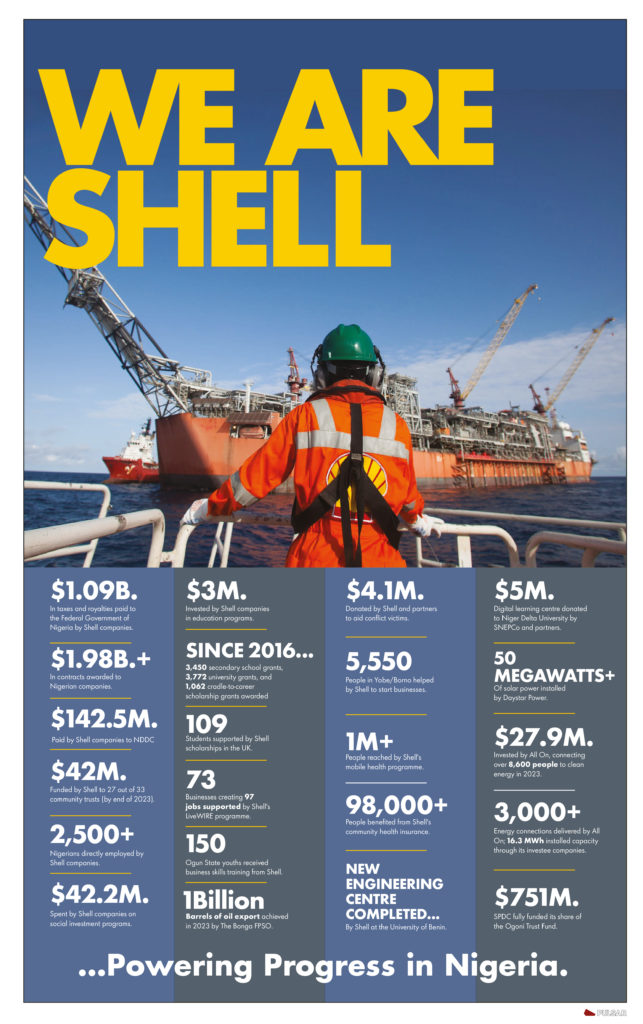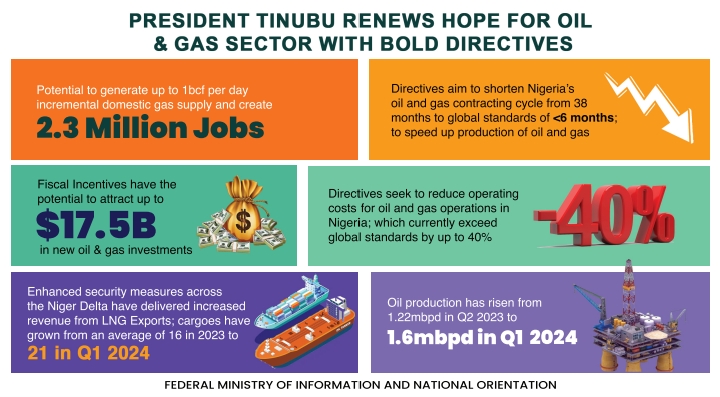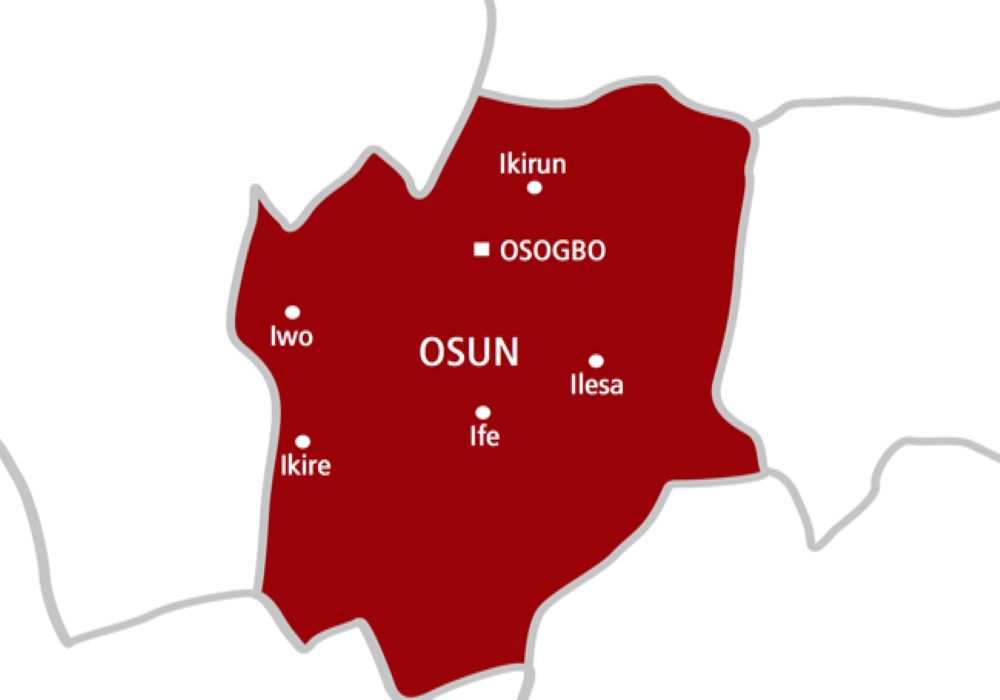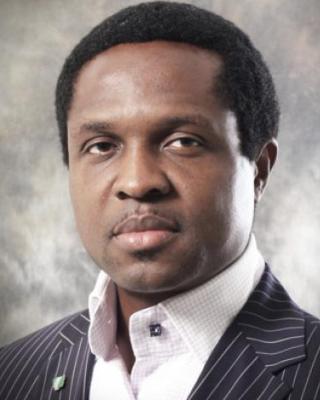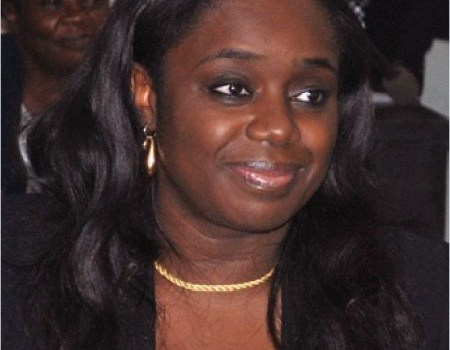Motoring
U.S. Used Car Prices Expected To Decline This Year

NEW ORLEANS — Used car prices, which grew sharply following the recession, are expected to decline slightly this year in the U.S. as more consumers turn in cars from leases and supplies of older models become more readily available.
“We hit a trough in 2009,” said Jonathan Banks, executive automotive analyst for the National Automobile Dealers Association Used Car Guide, at the NADA conference here Saturday. “Since then, prices have improved dramatically.”
Prices rose 18% from 2007 through 2013, with U.S. customers paying an average of $14,685 last year. Americans bought about 42 million used vehicles, nearly three times as many as new cars sold.
But in 2014, the year-over-year rise is expected to come to a halt with used-car prices expected to fall about 1%, Mr. Banks said.
 A fall in prices has been expected as used vehicle prices have remained at historic highs for several years. Indeed, prices stayed higher in 2013 than some had expected. While the high prices limit access to some consumers to late-model vehicles, they also support new vehicle sales because of the strong trade-in values. The also help to prevent credit losses because fewer people have negative equity in vehicles.
A fall in prices has been expected as used vehicle prices have remained at historic highs for several years. Indeed, prices stayed higher in 2013 than some had expected. While the high prices limit access to some consumers to late-model vehicles, they also support new vehicle sales because of the strong trade-in values. The also help to prevent credit losses because fewer people have negative equity in vehicles.
Used car prices got a big bounce following the recession because during 2008 and 2009 so few people bought or leased cars that supplies of such vehicles became very limited.
That picture is now starting to change. Many new cars leased two to three years ago are ready to be turned back in, giving dealers a fresh supply of slightly older models that they can then turnaround and sell to used-car customers.
Manheim, the vehicle auction company owned by Cox Enterprises Inc., anticipates 2.1 million vehicles coming back to market in 2014 from people returning leases. That will grow to 2.5 million in 2015 and 3 million in 2016. The increased supply is certain to lower prices. Lower used vehicle prices can be both positive and negative. It makes used vehicles more affordable, but lowers the trade-in value for people seeking new cars.
For dealers, such used car sales are typically a big profit driver, earning them three times as much as a new car sale.
Despite the plateau, Mr. Banks downplayed concerns expressed by other analysts that the used-car market could be heading for a correction, in which the availability of used cars will spike, causing prices to fall.
Used-car supplies remain well below historic levels, he said, and with the economy on the mend, pent-up demand among customers to replace aging vehicles will continue to drive strong demand for both new and used cars.
Prices on some used models, such as large SUVs and pickups, are even likely to increase this year because customers pulled back on buying these vehicles when gasoline prices were high several years ago and now their supplies are limited.
“What we’re seeing here are prices increases that are stable and based on the fundamentals of supply and demand,” Mr. Banks said. As the market heads into 2015 and 2016, that could change with the pool of used cars to rise with more vehicles coming off lease, he said.
Sandy Schwartz, the chief executive of the group of companies that includes Manheim, said that a surge in sales of used vehicles to emerging markets overseas, will help to keep supplies of vehicles limited and therefore prevent a crash in prices.
On the new-car side, NADA Chief Economist Steven Szakaly remains bullish, forecasting U.S. new-vehicle sales will continue to rise in 2014 to 16.4 million, up from 15.6 million in 2013. That is one of the highest estimates of sales among forecasters.
Employment is improving and house prices continue to rise, giving consumers more confidence, Mr. Szakaly said. That’s helping to offset other headwinds such as stagnation in wages and income, he said.
Auto companies also are doing a better job of keeping inventories in check, which helps them avoid having to pile on profit-damaging incentives to move unsold supplies.
“The fundamentals of this economy are strong, and if we can remain neutral on fiscal policy, we should see this number easily reached this year,” Mr. Szakaly said.
– WALLSTREET JOURNAL
Motoring
FCTA Pulls Plugs On Taxi Rank, Terminal Services Contracts
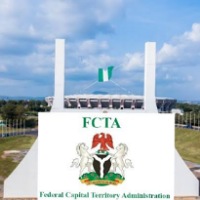
The Federal Capital Territory Administration (FCTA) has ended contracts with taxi rank and terminal operators due to their failure to meet engagement terms and conditions.
Mr. Ubokutom Nyah, the Mandate Secretary of the Transportation Secretariat, FCTA, made this announcement during a meeting with managers of these terminals and taxi ranks in Abuja.
Nyah clarified that due to the operators’ failure to fulfill their engagement terms, the FCTA had to terminate their contracts.
He instructed them to transfer control of the ranks to the Administration within three months, starting from Nov. 21.
He lamented the presence of unauthorized motor parks in the city and assured the readiness of the Administration to establish proper taxi ranks and terminals in the capital.
He revealed that personally visiting the city’s taxi ranks, terminals, and unauthorized motor parks gave him direct insight into the poor condition of these facilities.
He emphasized that as the federal capital city, Abuja deserves better, highlighting that the poor condition of these facilities attracts various criminal elements.
He said “We must rid Abuja of all these. I have gone round the taxi ranks, and of all the places I visited, not one is worthy to be called even a village motor park.”
The Mandate Secretary stressed that the intention wasn’t punitive; rather, it aimed to revamp the sector, introduce new engagement terms, and modernize taxi ranks and terminals in the federal capital.
He also highlighted the plan to increase the number of terminals and ranks where necessary, which would positively impact the administration’s revenue.
He emphasized that this measure was part of a broader effort to eliminate illegal motor parks in Abuja and curb the associated criminal activities.
In response, Mr. Adebisi Lawal, the Operator of Jahi Taxi Rank, praised the administration’s initiative to modernize the taxi ranks and terminals.
Lawal urged the administration to prioritize current operators’ involvement in the selection of new developers for the modernization of the taxi ranks and terminals.
Motoring
Power Show Sees Soldiers Batter LASTMA Officer
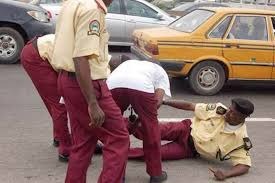
It was a show of power at the Ojota area of Lagos on Monday as soldiers pummeled an officer of the Lagos State Traffic Management Authority, (LASTMA).
Eyewitness accounts claim that the ugly scene played out around 8am, and saw about eight soldiers pounce on the yet to identified LASTMA official, while his colleagues took to their heels.
The video of the melodrama has gone viral, where the LASTMA official was appealing to the soldiers, who appeared bent on ‘teaching him a lesson’.
This onslaught comes on the back of a reported assault of a soldier at the same location by LASTMA officials last week.
It would appear that what played out today was the army asserting its authority and defending their khaki as the armed soldiers carried out what looked like a revenge mission.
Eyewitnesses further averred that the victim was rushed to a nearby hospital, after the soldiers left the scene.
It was gathered that the authorities at LASTMA has reported the incident to the military authorities who are said to be looking into the matter.
Meanwhile many members of the public are rejoicing that the soldiers have taught the crude LASTMA official that power is stronger than power, for all their atrocities against motorists on Lagos roads.
Motoring
Intra-City Fares Skyrocket By 98% Month-On-Month – NBS
The impact of the removal of subsidy on Premium Motor Spirit (PMS), otherwise known as petrol, has seen the pump prices of the product skyrocket with a corresponding increase in the cost commercial transportation in Nigeria.
According to the National Bureau of Statistics (NBS), intra-city bus transportation fares across Nigerian cities, measured between May and June 2023, increased from N649.59 to N1,285.41 in June 2023.
This translates to 98 percent growth or N635.82 within the month in view.
The NBS made the data available in its Transport Fare Watch report for June 2023.
In the report, the NBS also shared the breakdown of bus journeys within the cities per drop for constant routes; bus journey intercity (state route); charges per person, amongst others.
On a year-on-year basis, the report has it that bus fares rose by 120.63 percent from N582.61 paid by commuters in June 2022.
The average fare paid by commuters for bus journey intercity per drop rose to N5,686.49 in June 2023 compared to N4,002.16 in May 2023 indicating an increase of 42.09 percent, month-on-month.
The report read, “The average fare paid by commuters for bus journeys within the city per drop increased by 97.88 per cent from N649.59 in May 2023 to N1,285.41 in June 2023.
On a year-on-year basis, it rose by 120.63 per cent from N582.61 in June 2022.
“In another category, the average fare paid by commuters for bus journey intercity per drop rose to N5,686.49 in June 2023, indicating an increase of 42.09 on a month-on-month basis compared to N4,002.16 in May 2023.
“On a year-on-year basis, the fare rose by 55.25 per cent from N3,662.87 in June 2022.”
Biztellers reported that the twin forces of forex pressure and increasing price of Brent in the global market would likely see the pump prices of petrol, increased again in no distant time in Nigeria.


